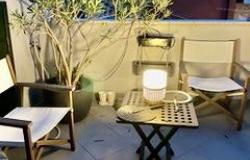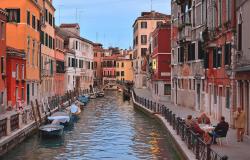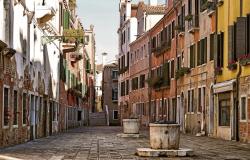 Experts have come to consider the Balkans the tinderbox of modern European history, but the region's ancient past was no less eventful.
Experts have come to consider the Balkans the tinderbox of modern European history, but the region's ancient past was no less eventful.
The Balkans was the first part of Europe to experience the arrival of farming cultures from the Near East in the Neolithic era.
Then it was the home to peoples like the Illyrians, Paeonians, Thracians, Macedonians and Dacians and to many Greek city states in classical and pre-classical times.
The fascinating story of these civilizations' ups and downs in the Balkans is being told by a new exhibition in the Italian city of Rovigo, in the north-eastern Veneto region.
The show has re-opened the city's renovated Museo Nazionale Archeologico di Adria museum, which is also home to a fine collection of Etruscan, Greek and Roman antiquities and some prized prehistoric Veneto pieces.
The exhibition features 200 priceless treasures which have been loaned by the National Museum of Belgrade and are in Italy for the first time.
It covers a period of history that goes from 8000 BC to the first century BC, when the area was under the control of the Romans.
The show kicks off with a selection of Stone Age religious objects and everyday items made from bone, stone and terracotta.
Then there are some breathtaking Bronze Age weapons, tools and jewellery made between 2000-1000 BC.
The highlight of the exhibition is probably a splendid array of Macedonian funeral objects dating back to sixth-fifth century BC.
The antiquities, uncovered at the tomb of a Macedonian nobleman in the Serb city of Novi Pazar, include a magnificent gold funeral mask and two beautiful bronze helmets.
The exhibition also features funeral objects from the end of the fourth and the beginning of the third century BC, when the area of Panonia and the Serb part of the Sub-Danubian Plain was populated by Celtic peoples.
Among the other big attractions are two wonderful Greek bronze statues of a dancer and musician from the second-first century BC, which were unearthed by archaeologists at the ancient town of Stobi.









